According to the General Department of Vocational Education (former Ministry of Labor, Invalids and Social Affairs ), each year there are more than 2.2 million people studying at vocational training institutions. The employment rate of graduates is over 85%, many technical and service industries reach over 90%, such as: automotive technology, food processing technology, welding technology, beauty care, industrial electricity, refrigeration and air conditioning technology, etc.
In recent years, social awareness of vocational training has changed significantly. Parents, teachers and students have seen vocational training as a practical direction: low cost, short study time, early and stable employment opportunities. The 9+ training model (both high school culture and vocational secondary school, with dual degrees) is chosen by many families because it can be transferred to college or university later.
Modern society is gradually considering vocational training as an effective and equal choice to university. Experts and businesses emphasize that skills, attitudes and expertise are the decisive factors for career success. Having a university degree does not mean having a job; what businesses need is someone who can “get the job done”.
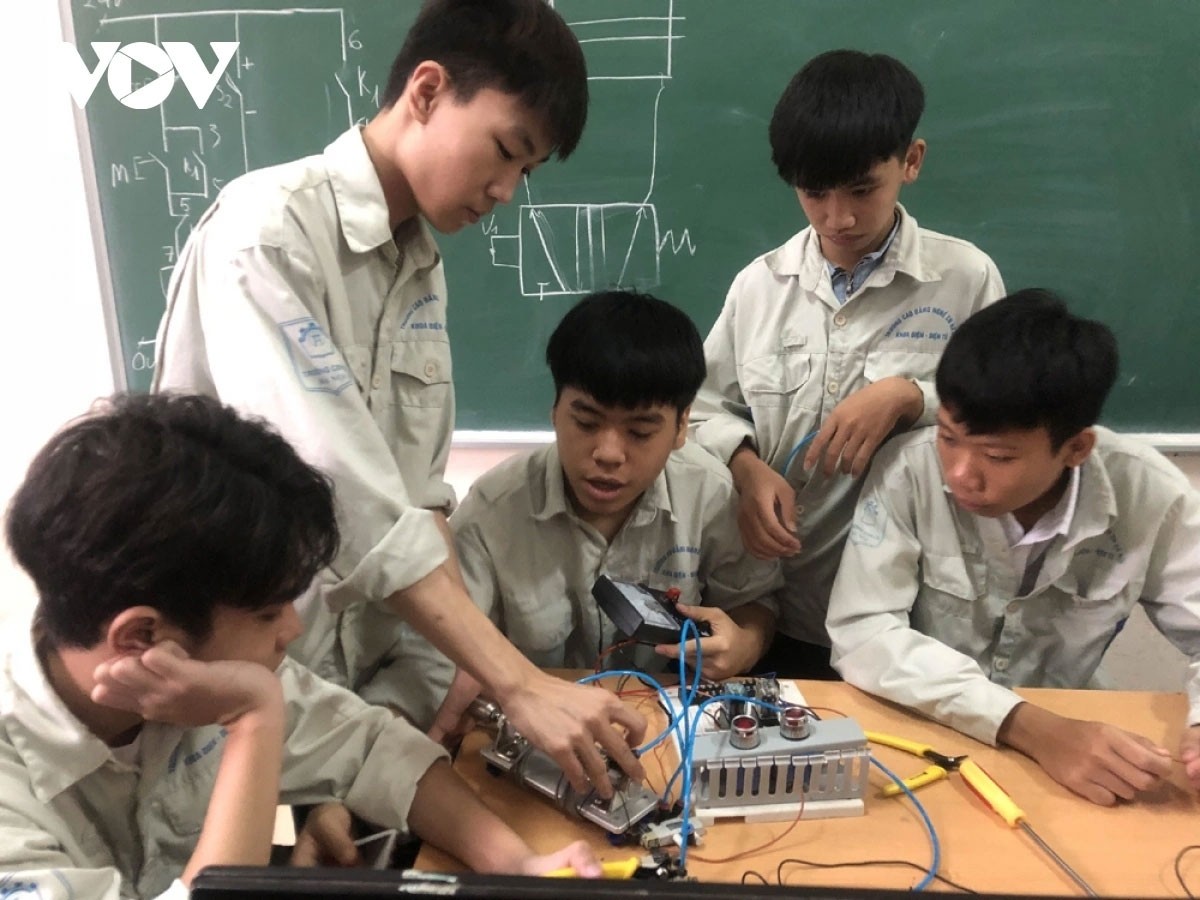
Currently, with the trend of training linked to enrollment and recruitment, vocational school graduates can achieve starting incomes equal to those of university graduates.
In reality, more and more young people clearly define their career goals while still in school, choosing vocational training to save time, money and quickly enter the labor market.
Vu Van Bao, a studentat FPT Polytechnic College, shared: “I chose to study at college because I want to start working early, gain practical experience and accumulate skills instead of just studying theory. Digital Marketing helps me develop my creativity, grasp technology and create real value for businesses.”
Bao said that he had previously considered retaking the university entrance exam but realized that college was more suitable: “Many people study in university until the third or fourth year but still do not have much practice, while I have been familiar with the job from the beginning. Vocational training gives me confidence, skills and a practical working attitude, which employers value very much.”

Bao expressed: the biggest difference is practicality. College or vocational training focuses on vocational skills training, helping students gain practical experience and work experience early. Thanks to that, students can shorten their study time, quickly go to work, and accumulate practical experience instead of just studying theory for many years.
“Vocational training does not guarantee success or immediate results. However, if you are truly passionate, determined to pursue and focus on developing your skills, vocational training will help you save time and achieve your career goals sooner. Most importantly, vocational training helps you understand what you want and need, and helps you develop confidence and initiative when entering the job market,” Bao said.
From a parent's perspective, Ms. Nguyen Thu Hong (Ba Dinh, Hanoi ) said that her family wants her child to study a trade after secondary school because of low tuition fees, short training time and high employment opportunities. "If they want, they can continue to study at university. I always tell them: university is not the only path to success."
The current labor market not only requires degrees, but also prioritizes people with practical skills who can work immediately. Choosing the right career and ability will help young people shorten their career path and easily grasp opportunities in a rapidly changing society.
According to Associate Professor, Dr. Nguyen Thi Lan Huong - former Director of the Institute of Labor Science (former Ministry of Labor, War Invalids and Social Affairs), the trend of young people choosing vocational training instead of taking university entrance exams is a positive signal, consistent with the development conditions of the Vietnamese labor market.
Ms. Huong commented that over the years, the policy of promoting vocational education has always been put forward to reduce pressure on the university system and create conditions for workers to enter the market early.
“Not everyone is suitable or has the conditions to go to university. Vocational training helps learners quickly gain practical skills, find suitable jobs soon, thereby contributing to the process of labor restructuring,” said Ms. Huong.
In the context of the economic shift from agriculture to industry and now digital technology, the demand for technical labor is increasing.
Ms. Huong emphasized: “Vocational training does not reduce the value of university education, but acts as a practical bridge between school and the labor market.”
According to Ms. Huong, vocational training is also in line with the trend of open education and lifelong learning. Students can start from secondary school, study both culture and vocational training, then transfer to college or university when they have enough financial conditions, capacity and time. This is especially meaningful for those who cannot enter university right from the start.
Many young people today, after graduating from university, find that their knowledge is theoretical and has little practical application, so they choose to study a vocational course to equip themselves with more practical skills for life and work. "Vocational education is currently moving, flexibly adapting to real needs, and has the ability to connect with the university education system."
Ms. Huong cited the results of many surveys showing that businesses, especially small and medium-sized enterprises, which account for the majority in Vietnam, have a need to recruit workers with practical skills and trained in the right profession. This is an opportunity for vocational education to demonstrate its role in providing quality human resources. In addition, social awareness is also gradually changing.
“In the past, going to university was considered the only way to success. But in reality, many people who study a trade can still develop a good career and have a stable income. Even those who have studied at university, if they feel it is not suitable, still return to vocational training as a practical choice,” Ms. Huong analyzed.
She also affirmed that there needs to be close coordination between the vocational education system, family and society to unblock the flow of human resources. The education system needs to ensure connectivity between levels and training sectors; society needs to change its perception to respect vocational skills; families need to support their children in choosing a learning path that is appropriate to their abilities, conditions and the market.
“We should not follow the trend of going to university at all costs. What is important is what we study for, what we do for a job that is useful for ourselves, our families and society. That is what should be encouraged and recognized,” Associate Professor, Dr. Nguyen Thi Lan Huong emphasized.
Source: https://baolaocai.vn/chuyen-dich-co-cau-lao-dong-hoc-nghe-len-ngoi-post648755.html




![[Photo] National Assembly Chairman Tran Thanh Man meets with First Secretary and President of Cuba Miguel Diaz-Canel Bermudez](https://vphoto.vietnam.vn/thumb/1200x675/vietnam/resource/IMAGE/2025/9/2/c6a0120a426e415b897096f1112fac5a)
![[Photo] National Assembly Chairman Tran Thanh Man receives First Vice Chairman of the Federation Council of Russia](https://vphoto.vietnam.vn/thumb/1200x675/vietnam/resource/IMAGE/2025/9/2/3aaff46372704918b3567b980220272a)


![[Photo] Lao President Thongloun Sisoulith and President of the Cambodian People's Party and President of the Cambodian Senate Hun Sen visit the 95th Anniversary Exhibition of the Party Flag Lighting the Way](https://vphoto.vietnam.vn/thumb/1200x675/vietnam/resource/IMAGE/2025/9/2/3c1a640aa3c3495db1654d937d1471c8)


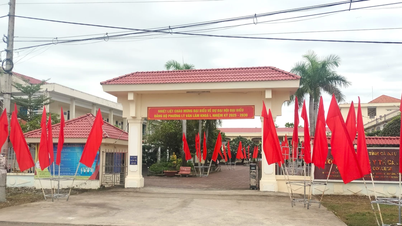



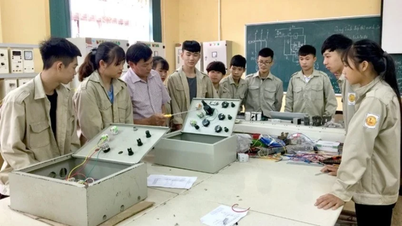


















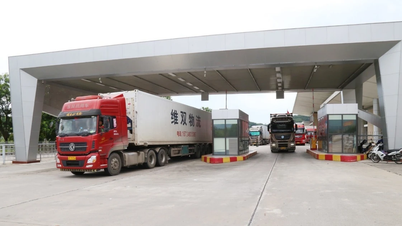


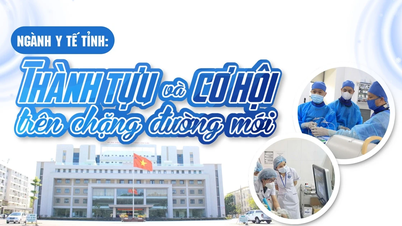




















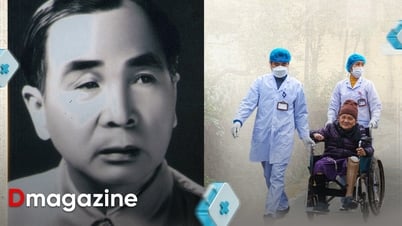























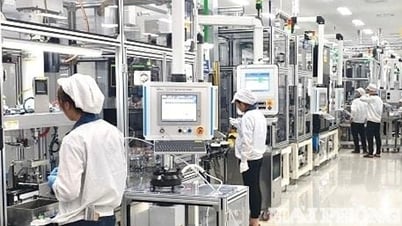











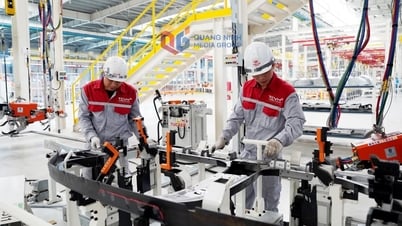





Comment (0)